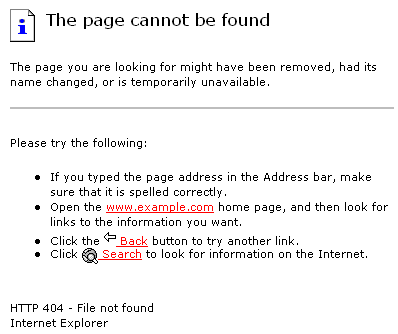MySQL will sometimes return the error message “Cannot load from mysql.proc. The table is probably corrupted”. This happens due to schema changes required for different MySQL server versions. The simple fix to this problem is to run the mysql_upgrade command from the command line.
Our Blog - Recent Launches, Freebies & General Ramblings
Tag Archives: errors
PHP Error Handling using ini_set or .htaccess
Tracking your site’s PHP errors is an excellent way to manage and troubleshoot unexpected issues related to plugins and themes. While there is no definitive method for handling errors, there are some "best practices" that should be implemented in all PHP applications.
An "error" is an expected or unexpected event that occurs when your PHP code is running. An "expected" error can be a database query that returns no result or an html form that is missing values for designated required fields. An "unexpected" error is one that assumes a particular application state which, for some as yet unknown reason, does not exist. The most obvious unexpected error is a database that is not running or a missing file that one of your scripts expects to find.
Continue reading PHP Error Handling using ini_set or .htaccess
How To: Fix WordPress 404 Errors on Password Protected Directories
Using WordPress’s permalink feature seems to cause some issues with password protected directories that use Apache’s .htaccess to handle authentication. I recently had to troubleshoot why after installing WordPress on the root level of the domain that a password protected directory would return a 404 page instead of the typical login box.
The problem comes from the Apache rewrite engine that WordPress uses to make search engine friendly URL’s. WordPress uses a .htaccess file in the root folder of the install to take any URL and allow WordPress to process and serve the appropriate page, or error.
Continue reading How To: Fix WordPress 404 Errors on Password Protected Directories
How To Create a Custom 404 File Not Found Page
One major design element often overlooked by web developers is their 404 File Not Found error page. Most our focus gets lost on CSS and XHTML validation that we often overlook what happens when something goes wrong. Even these pages should be styled with the individual touches of the website. Effective 404 error pages communicate why a particular page couldn’t be displayed and what users can do next.
Who wants their users to see the dreaded default 404 page:

Creating your own custom 404 File Not Found Page can be done in three simple steps by creating or modifying the .htaccess file of the directory and placing a 404.html file in the same directory.
Continue reading How To Create a Custom 404 File Not Found Page